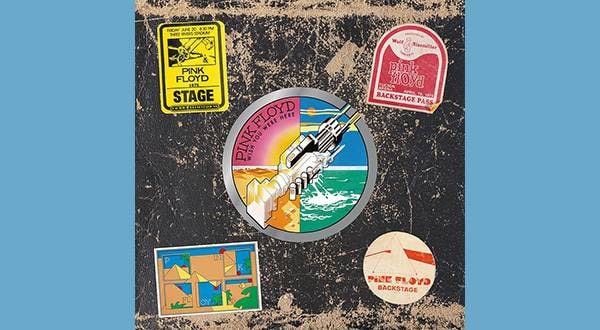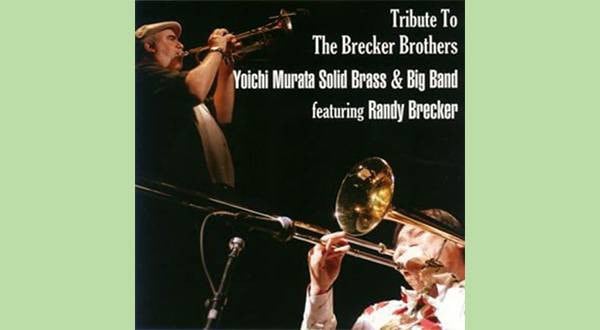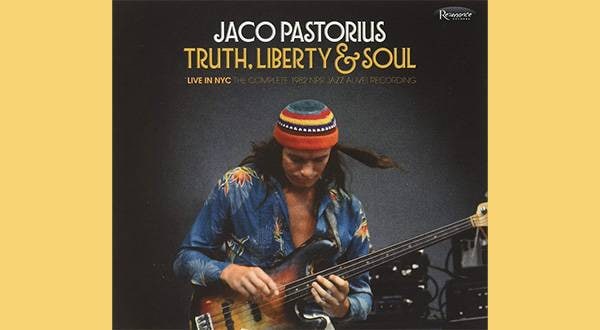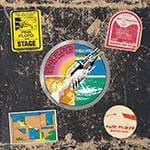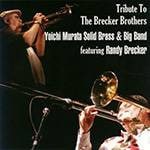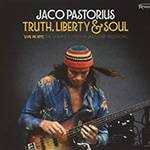I'm Satoshi Sammy Saito, a percussionist.
Lately, a lot of introductory videos such as "How to hit a percussion instrument" have been uploaded on the Internet. Therefore, Sammy would also like to talk about "How to hit a percussion instrument". This time, I will focus on the conga playing method, which is a big percussion instrument, but I would like to explain a basic playing method that is not often talked about.
Conga
Before we get into the explanation of how to play, let me first briefly introduce the conga.
The conga (* 1) is a well-known percussion instrument that competes for 1st and 2nd place among the big percussion instruments. I think most people know the instrument itself without knowing its name. In Japan, we often see them in sets of two, but there are other sizes as well. From smaller sizes, Requinto [10"], Kinto [11"], Segundo / Conga [11.75"], Tumba [12.5"] and Super Tumba [13"].
The body is made of wood such as ash / durian / mango / oak / pine / walnut, or fiberglass, and head is leather or a fiber skin such as buffalo / cow / water buffalo. The shapes are basically the same, but there are many types of materials and each has a different tone, so when considering purchasing, hit conga of as many materials as possible to find the tone you like, and then try to get that. And it's not just the materials that are abundant, there are also various playing styles! Therefore, I will explain the theme for this time, "Basic playing methods that are not often introduced in the video."
* 1: The conga is recognized as a general term for percussion instruments, but in fact, the country of origin of the conga is Cuba, from the Cuban folk dance (comparsa) and its rhythms are called conga, and the generic name for percussion instruments is called tumbadora. A long time ago, foreigners who came to Cuba misunderstood the generic name of percussion instruments as conga, and it spread around the world as such.
Basic playing style
There are six basic playing styles for hitting the conga (hereinafter referred to as "general term for percussion instruments"), but this time I would like to focus on two of them, "heel and toe".
● Heel & toe
It's a word you hear not only in conga but also when talking about drum kicks. In the case of the conga, it is played by hand, not by foot. Think of the base of the palm as the heel and the fingertips as the toe, and hit "heel-> toe-> heel-> toe (repeated)" or "toe-> heel-> toe" with just one hand, or left and right. You can build rhythms and phrases by hitting them alternately. However, this heel and toe has some pitfalls.
● Pit of heel & toe
After learning the heel and toe mentioned above, if you observe and study the appearance and sound of Latin percussionists hitting on videos on YouTube and so on, there’s something different from the heel and toe you learned earlier.
That is,
- ① The sound is different
- ② The way the hands move is different
Why do the above two difference occur?
The reason is simple: the heels and toes they are hitting are not the concept of "heel & toe", but simply the concept of "bass and close slap". Then, I will explain about this "base close slap".
● Base
Hit near the center of the striking surface with your palm.
Like other percussion instruments such as djembe and cajon, you hit near the center of the striking surface, but there are cases where you hit the entire hand firmly or with the belly of the hand, and when you hit with the belly of the hand, you also hit with your finger. Be careful not to mute the face.
(The photo is the Base when hitting without muting)
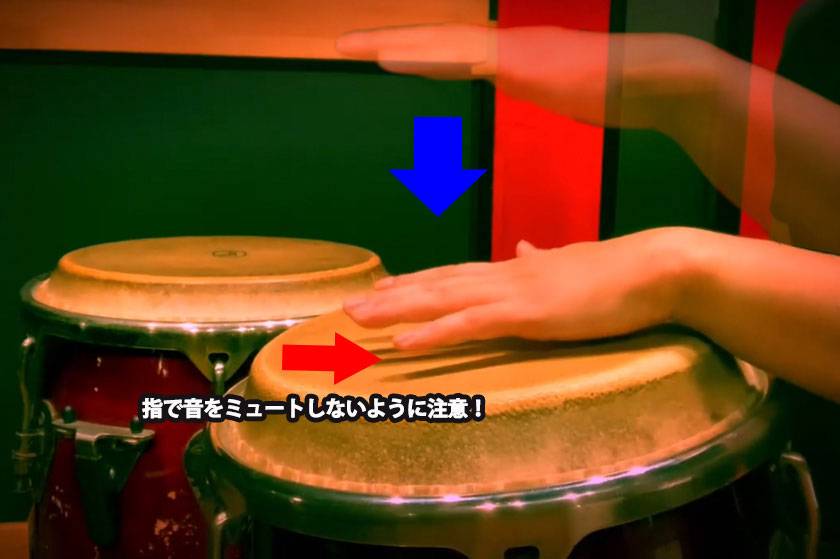
● Close slap (palm slap)
Hit the area near the center of the striking surface with your all of your fingers. Close slap is usually used when hitting the edge of the striking surface, but it is also used near the center of the striking surface. This is called palm slap. This palm slap is more difficult than a regular closed slap. This is because the movement of the hand touches the striking surface in the order from the wrist to the fingertip, so the wrist inevitably mutes at a strange angle and the sound does not come out well. To solve this problem, let's first imagine the time when you hit the surface.
- ① Extend your palm and touch the striking surface in the order of wrist → belly of hand → fingers.
- ② Imagine of the outer part of the palm, middle finger / ring finger / little finger touching the striking surface.
- ③ It’s like shaking off the palm with centrifugal force instead of trying to hit with force.
- ④ Lightly mute with your finger the moment your finger hits the striking surface.
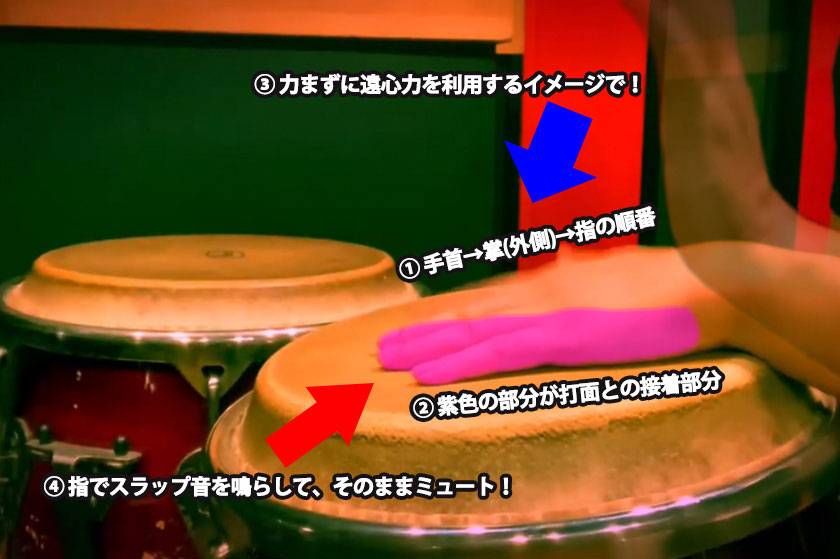
If you can do this above instantly, you will get a nice “Paku!” sound. In fact, “Paku!” is the sound you get when you hit the striking surface with your finger. By instantly and lightly muting the sound that is emitted when you play it (even if you mute, you just keep your finger on the striking surface), it becomes a complete palm slap sound. If it doesn't work on the conga, try it a few times on your desk or table. The sound is easier to make on a desk than on a conga, just transfer the movement you hit on the desk onto the conga's striking surface. (The striking surface of the conga will require a little more speed than on the desk.)
By using this base and palm slap playing method, it is possible to convey the sounds of the conga to others clearly one by one (the impression of the song is affected by whether or not you can hear the sound of the entire conga). In addition, there are conga phrases that make full use of the palm slap, so learning base and palm slapping are inevitably essentials. Let's master this playing method without getting impatient!
* Check the video for details on sounds and arm movements!
What is the shortcut for further improvement?
Sometimes when playing the conga, there are times when I feel that the sound of a conga hit by a Latin percussionist does not mix well with Japanese songs. For example, if you use base and palm slap in a song, the conga sound is too loud in the song, the rhythm is too sharp, and there’s not enough softness. On the other hand, if you use heel and toe, it will mix nicely, or if you dare to hit it softly, it will mix well. In this way, I think it is important to understand the music and respond to it each time when playing an instrument, not just the conga. Of course, learning traditional playing techniques is an absolute requirement, but it is a shortcut to further improvement if you do not stick to only lessons, but approach it freely with flexible responses and ideas. For that purpose, let's learn the basics well and try to play music freely while expanding our horizons!!!






